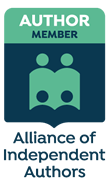Writer’s Ways 12: Be Brave

The series on Writers’ Ways has been leading the reader along various aspects of Creative Writing. This is not just the way ‘a writer’ may write, but ways that writers generally will follow; will consider; points to be aware of in the process of writing.
The Writer’s Ways series encourages authors to put words ‘on paper’, although that paper may be another medium using electronic tools. The story may be just for the author, or for the whole world. Final publication could involve pushing a button, licking an envelope, or a large team of specialists in the print or online worlds.
Until now, Writer’s Ways has not dealt with the technical side of creative writing. Let’s consider what could be involved.
Published knots of wood
Throughout this series, examples have come from material by the author to do with knots of wood. Perhaps this does seem an odd choice of subject, though where they come from hardly matters as long as you are encouraged to ‘ponder’ and write.
In the world of publishing, publishers have professional editors to deal with the technical side. So, what do we mean? Quite probably minds will go back to school days and such things as grammar, punctuation, planning; lay out; fonts; line spacing; margins…ring any bells?
Naturally, if we want someone else or other people to view our writing, we need to present well. And there the danger comes of being so exact that one worries about writing anything at all. And the author has been saying: “please do not do that!”
Say what you want to say in print and feel the excitement of that.
Modesty
The final piece from ‘Knots of Wood’ is entitled Modesty.
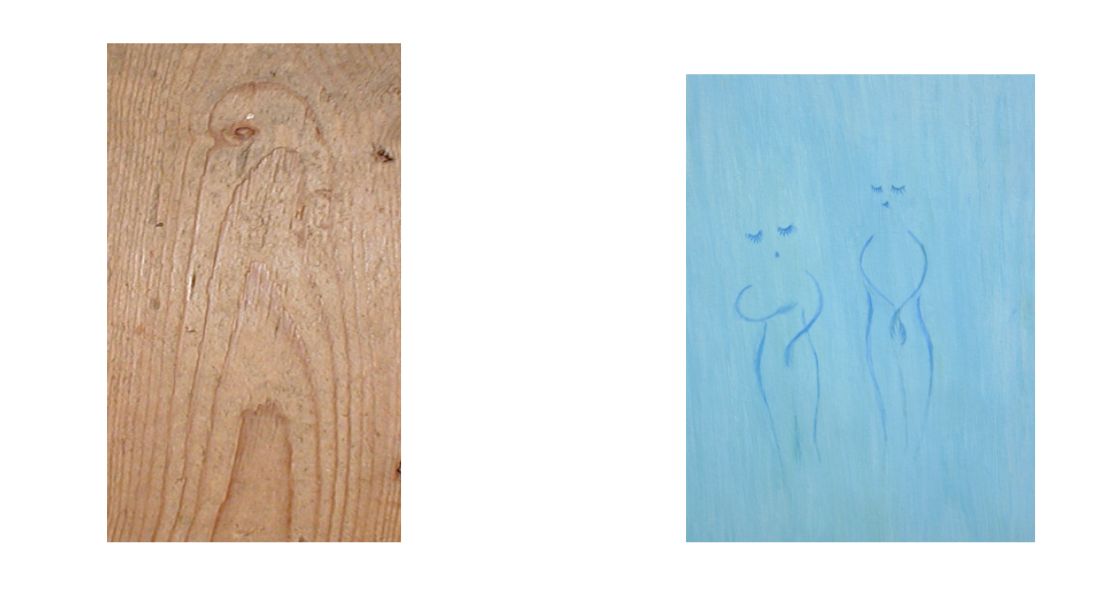
With this knot, the image suggests a figure looking down. Shoulders shrugged. Arms hanging to the sides. Head bent to the side and eyes looking down. This knot suggested to me a modest person, and we do not want you to be modest with your writing!
When talking about your work or the work of other people, it can be easy to spot things that do not seem right to you. Occasionally, one has to be careful how this is handled because there are people who appreciate help from another, whilst there are those who do not. It would be good if any advice expressed makes the author feel comfortable, rather than the opposite. Especially if that person is just beginning on the ‘writers ways’. At the start, it is so important to encourage, and to help them develop the skills and knowledge that will move the person on bravely, rather than retreat into a shell before they have even begun.
Recording your thoughts
Back in Writers’ Ways 2 mention was made of always having a notebook and pencil to hand. This allows one to jot done any thought quickly. This is one such note in handwriting—quite possibly not legible to anyone apart from the writer!
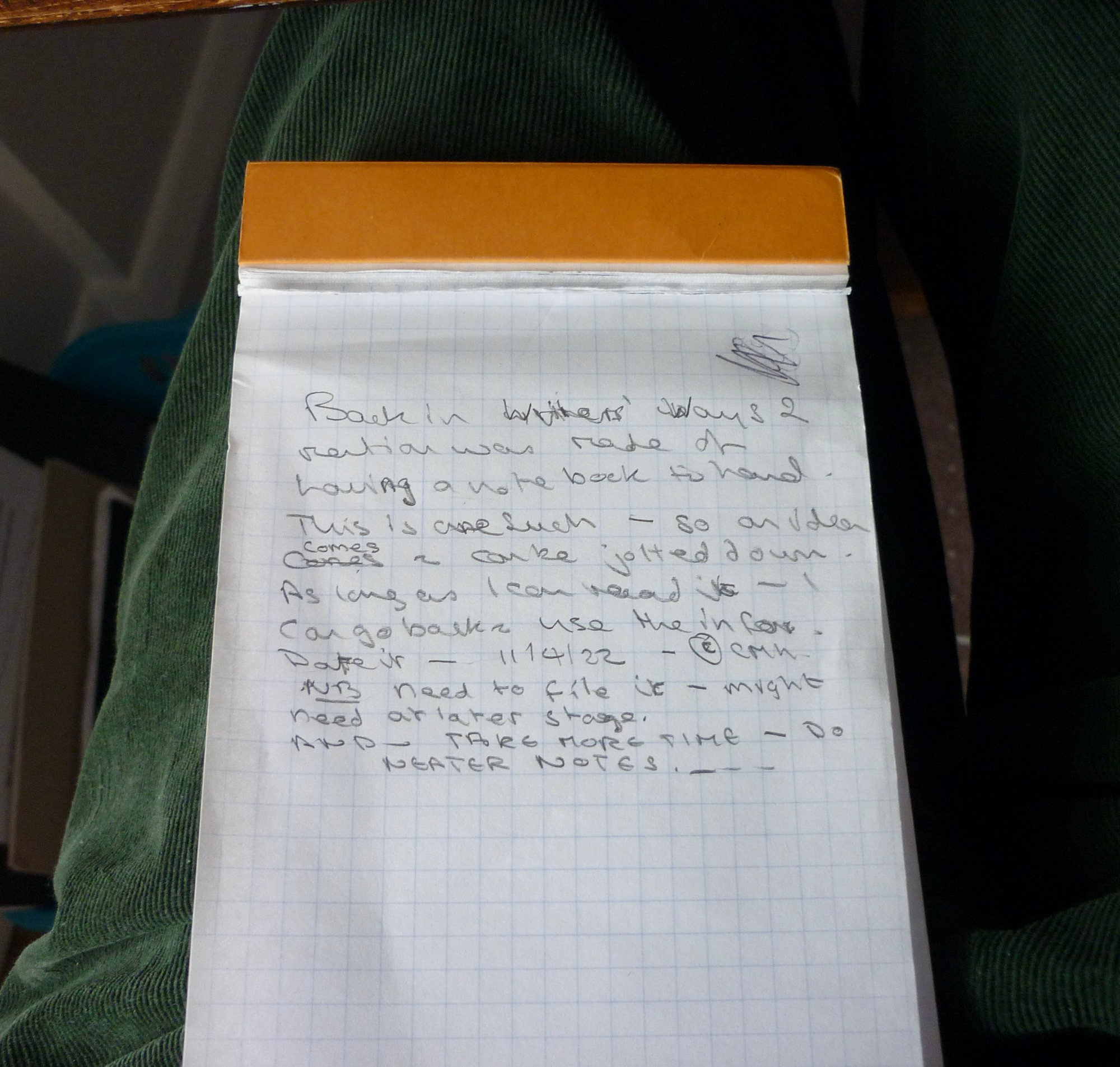
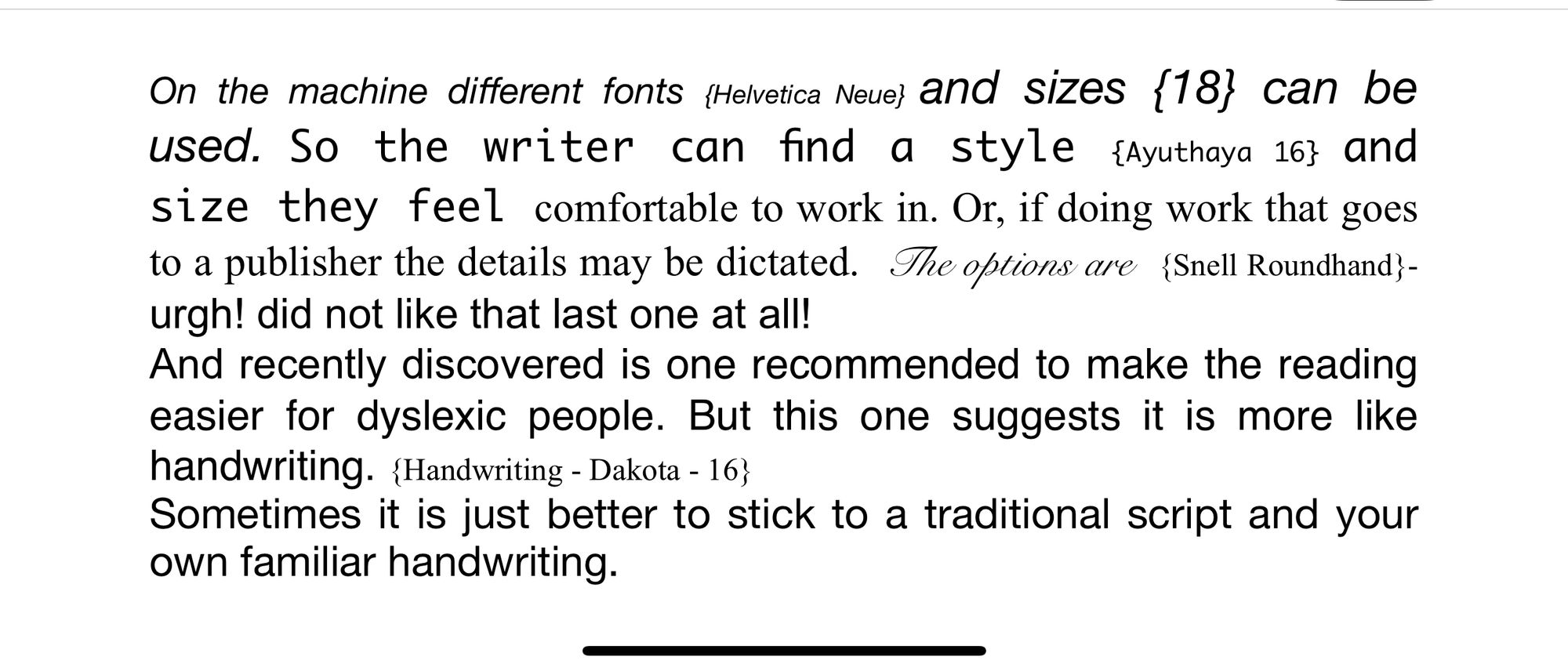
There are also new and recommended fonts which make the reading easier for dyslexic people. To record thought quickly, sometimes it is just better to stick to a traditional script and your own familiar handwriting.
Overcoming obstacles to writing
We need to write something which looks as if it could make sense, and will make people want to read it. At the same time, that brings in obstacles. It is necessary (spelling help—see Writers’ Ways 5) to make the eye aware of what it sees.
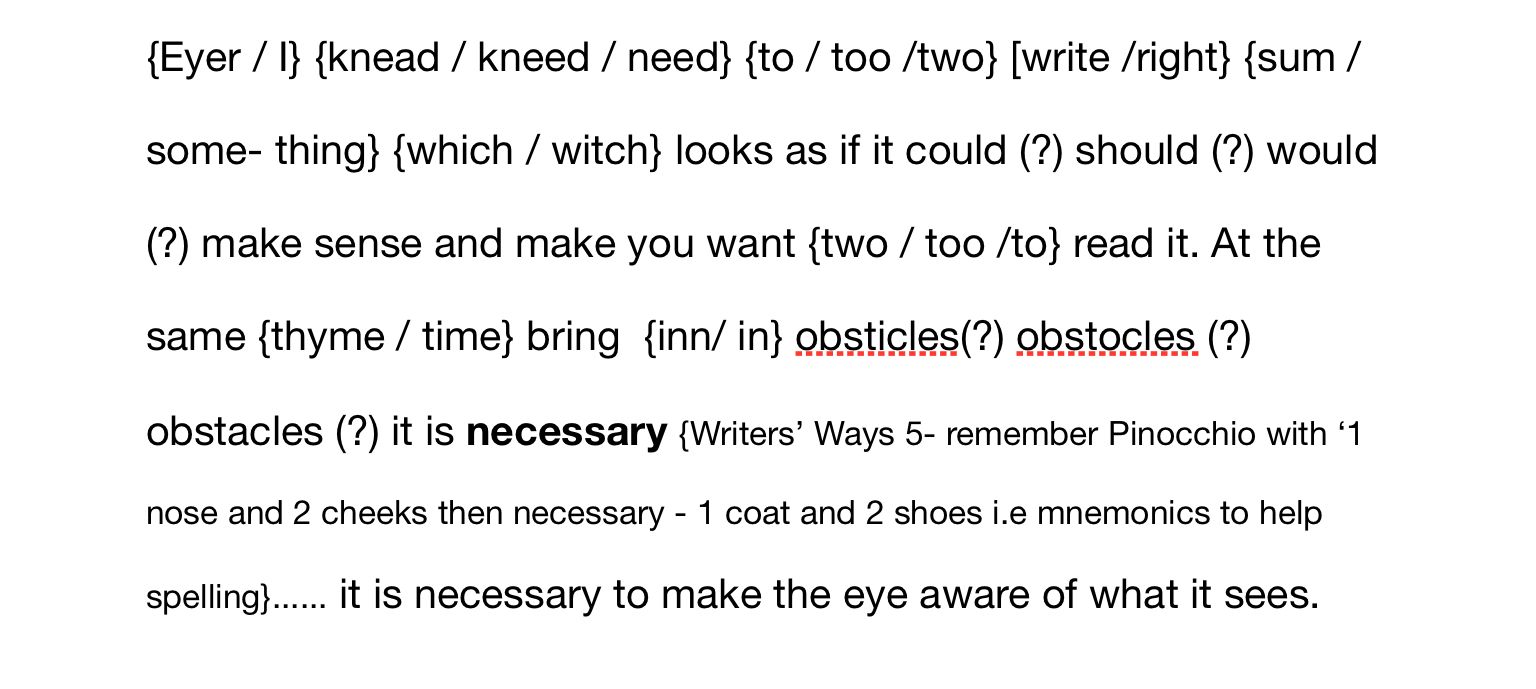
PHEW! What a tricky language we use? With some words that look the same but sound different, others whic are are spelt differently but sound the same! Or words which have more than one meaning depending on where they are used! “Arrrrgh!”
You can be a writer
You can do it! You really can. You can write. Just do not be too MODEST.
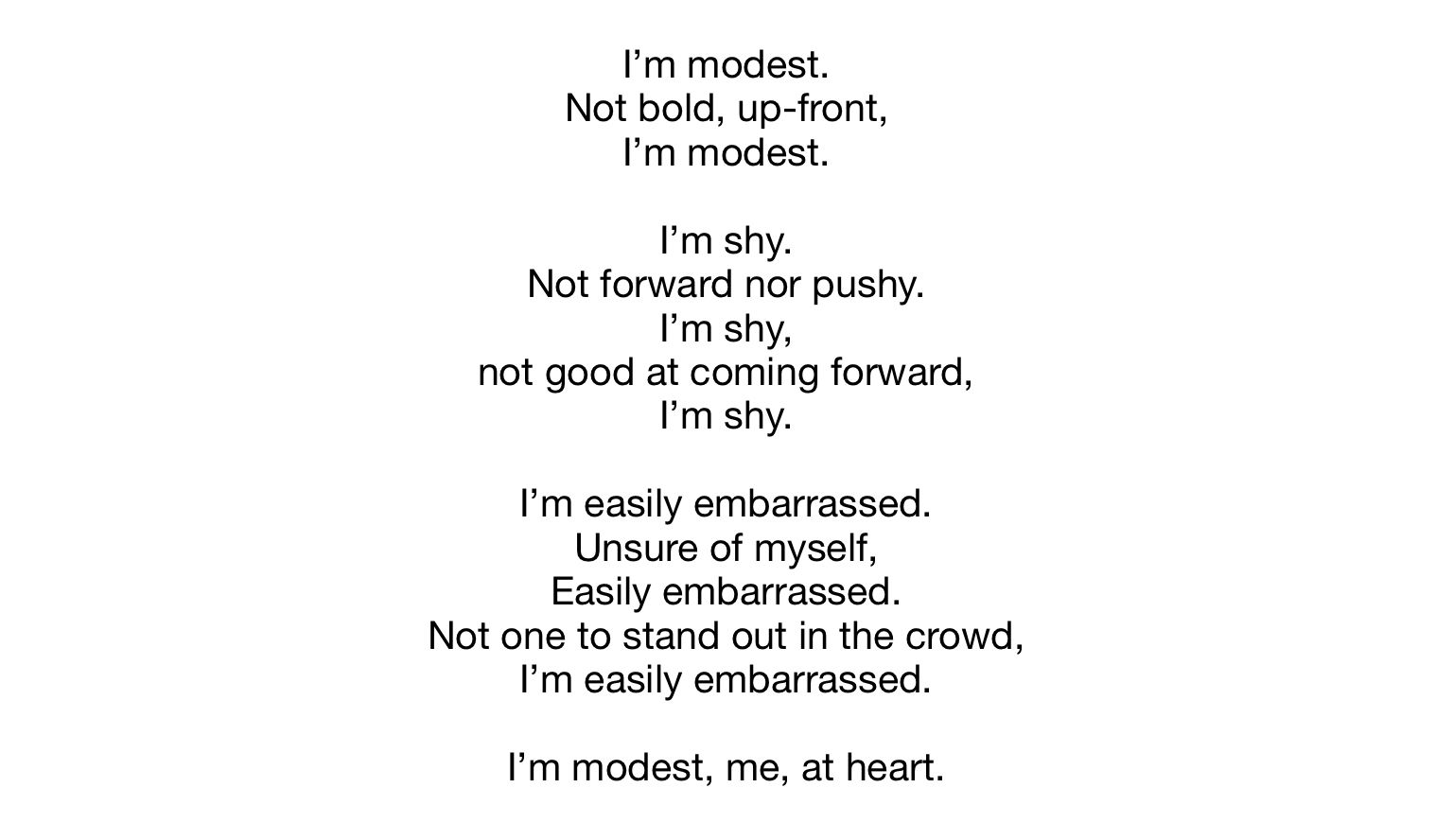
Be brave. Just do it. Pen to paper or whatever medium you choose. Ponder on things to consider as a writer. And love seeing your words, your thoughts, your message. Just remember to:
- use © the copyright sign with your name and the date.
- Keep copies of your work, including your notes.
- The key word is: PROVENANCE! Be able to show, to prove, that the work is yours.
What are you waiting for? Start telling your story.
The Writers’ Ways series was created by Christine Hawthorne, a writing teacher who works with brain injury survivors. She encourages them to express themselves and tell their own stories. Christine has produced several published works, has provided critique and copyediting for several different projects, and continues to inspire others in their own writing.
Find more advice on writing at https://pigpen.page/tag/writing/

